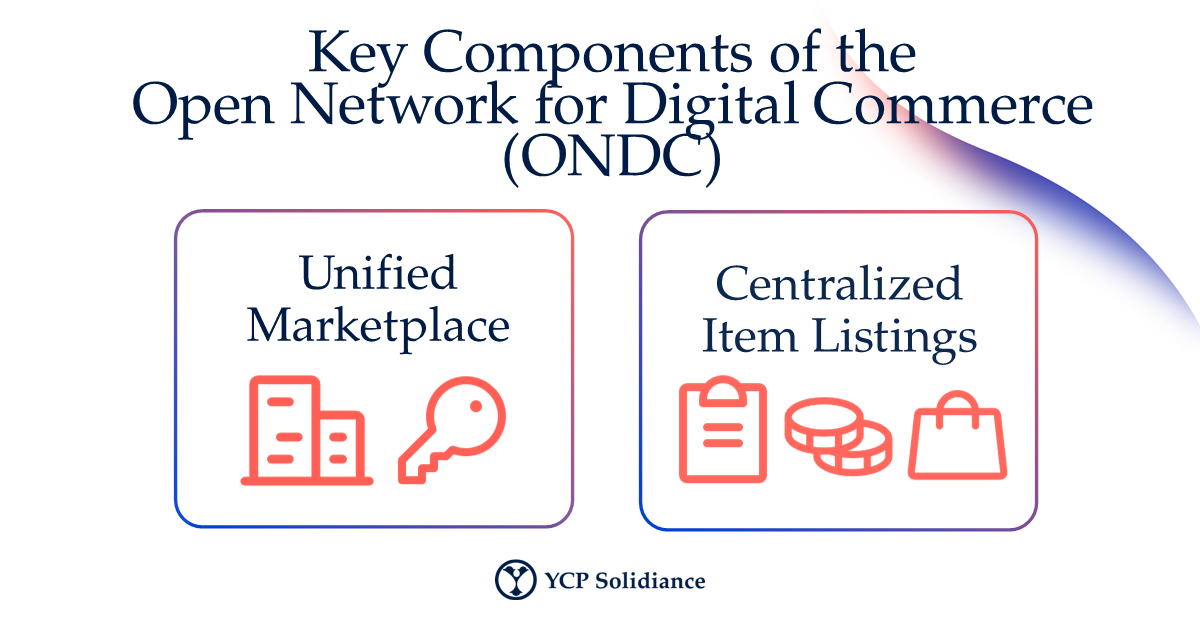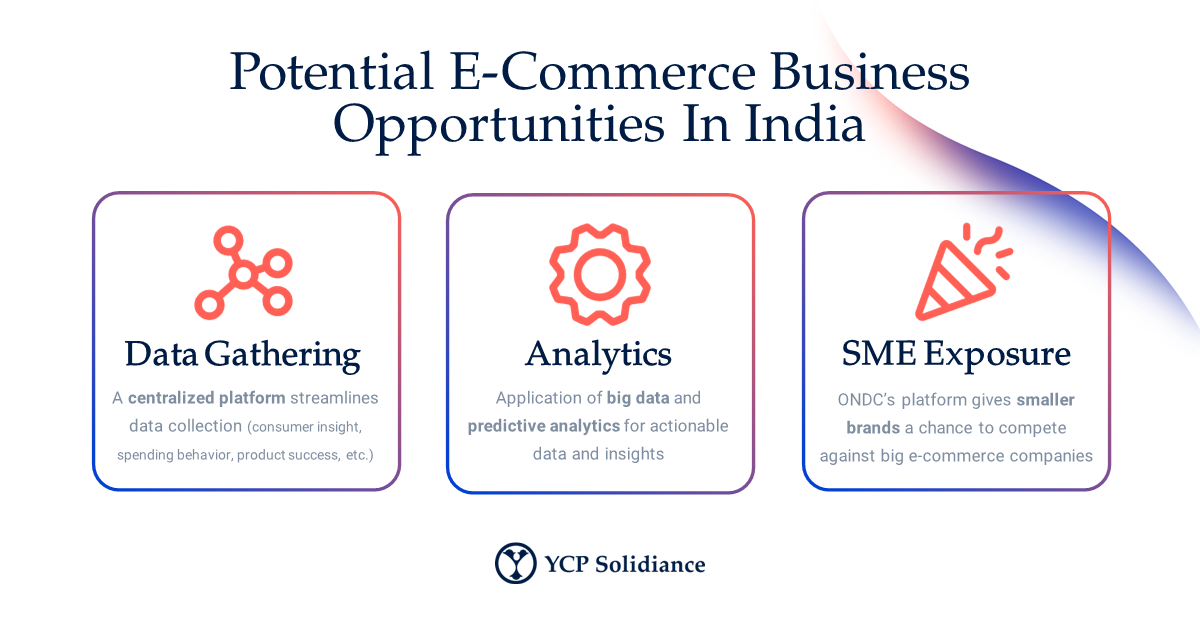This incoming August 2022, the Indian government is slated to launch Open Network for Digital Commerce (ONDC)— an e-commerce platform that is unified via a single, open network that will link buyers, sellers, and third parties throughout India.
Such a development is expected to have several business implications on India’s current e-commerce landscape, most especially in how these platforms operate.
E-Commerce Landscape in India
While an ambitious goal, ONDC aims to become the primary digital retail application in India by centralizing item listings, be it the ones found on other e-commerce platforms or even local offerings found in one’s neighborhood. The upcoming network will also not be limited to just the retail sector, as it also aims to feature online transactions from other industries like food delivery, transportation, etc.
At a glance, a centralized e-commerce platform will offer several advantages to India, such as further promotion of digitalization and activation of offline consumers and sellers in far-flung areas. Despite this, there are some lingering concerns on behalf of existing e-commerce sites.
For instance, the ONDC will likely draw traffic away from popular e-commerce platforms like Amazon India, Flipkart, and Alibaba, to name a few. While it may not necessarily create a negative financial impact due to the ONDC’s promise of integrating the inventory of other e-commerce platforms, it could potentially affect specific aspects of how these companies operate. Operations concerning elements such as e-commerce advertising, membership strategies, and platform functionality may undergo drastic changes.
Future of E-Commerce in India
In the context of the buyer-seller dynamic, the eventual launch of ONDC will be most beneficial to: (1) sellers who wish to gain more exposure via standardized protocols set by the ONDC and ONDC-enabled platforms, and (2) buyers who wish to see a variety of products from several sources. Such advantages will only serve to further entice the public to involve themselves in e-commerce, which will help boost industry growth within the country.
From a business standpoint, consumer brands and logistics providers are also presented with a beneficial opportunity. Considering that transactions will be centralized, brands will have an easier time gathering the data necessary for consumer analyses. Meanwhile, logistics providers may also take advantage of the predictive analysis strategies as they can give insight into the efficiency of operations (supply chain, production capacity, stock management, etc.).
The launch of ONDC will undoubtedly transform the status quo of India’s e-commerce landscape. How this will impact businesses operating in the e-commerce sector is yet to be determined, but an adjustment period for all parties involved should be expected. All things considered; e-commerce operators must remain proactive and ready to pivot in case of potential opportunities.
To get insight into other industries in Asia and how recent developments are currently affecting stakeholders, subscribe to our newsletter here and check out these reports:






